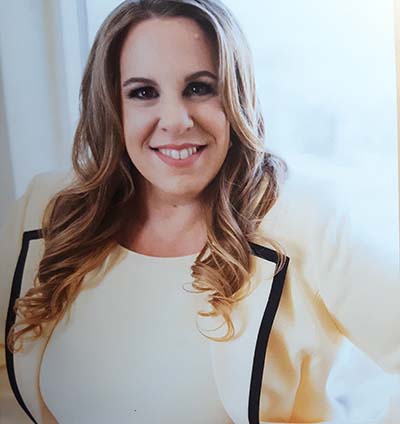Inheriting an IRA After 40: Key Tax Strategies and Distribution Rules
As our population ages and IRAs pass to loved ones, many beneficiaries are unaware of the distribution rules surrounding inherited IRAs. Here are some of the most common scenarios:
The Right Side of 40 is a reader-supported publication. To receive new posts and support my work, consider becoming a free or paid subscriber.
Inherited IRA, beneficiary must take annual RMDs in the 10-year period:
When a beneficiary inherits a Retirement account from a retirement account owner, they are subject to the 10-year payout rule.
If the IRA owner had started taking Required Minimum Distributions (RMDs) prior to their death, the beneficiary is still required to continue the RMDs after the owner’s death during the 10-year period.
Example: Liz inherited a Traditional IRA from her mother Karen, who died at age 85 in 2020. Under the SECURE Act, Liz is subject to the 10-year rule. She must empty the Inherited IRA account by December 31, 2030. The new IRS final regulations also require her to take annual RMDs based on her life expectancy in years one through nine of the 10-year payout period.
Due to the IRS waiver of the penalties for missed RMDs in years 2021, 2022, 2023, and 2024, Liz does not need to take RMDs for those years. However, beginning in 2025, she must take an annual RMD for the years 2025-2029 from the inherited IRA.
Owning multiple Traditional IRAs and want to implement a withdrawal strategy:
If you have multiple Traditional IRAs and want to do a 60-day rollover (or Roth conversion) in a year when a RMD is due, the IRS has a surprise for you.
RMDs from multiple traditional IRAs (and SEP or SIMPLE IRAs) can be aggregated and paid from any one or more of those IRAs.
But what if you have multiple IRAs and want to do a rollover (or conversion) of one or more of your IRAs during a year when an RMD is due? The first dollars distributed out of an IRA (or plan) during an RMD year are considered RMDs. In addition, RMDs cannot be rolled over. But how do these rules apply if the amount you take out from an IRA is more than the RMD due from that IRA for the year?
Before the IRS issued proposed RMD regulations in 2022, you could withdraw just the RMD due from a specific IRA and then roll over or convert the remaining funds. In other words, it wasn’t necessary to withdraw the total RMDs due from all your IRAs in that year to proceed with a rollover; you only needed to satisfy the RMD for that particular IRA.
However, the 2022 proposed regulations established a new rule, which the IRS has now confirmed in its final regulations. This new rule states that if you have multiple IRAs, you must satisfy all RMDs due from each of your IRAs in a calendar year before you can perform a rollover (or Roth conversion) of any IRAs during that year. In contrast, if you conduct a direct transfer from one Traditional IRA to another, you don’t have to take RMDs first; this is not required for a 60-day rollover or conversion.
Example: Michelle has three Traditional IRAs: IRA #1, IRA #2 and IRA #3. She turns age 73 in 2024 and must start taking RMDs from those IRAs. Her 2024 RMD from IRA #1 is $5,000, her RMD from IRA #2 is $7,000, and her RMD from IRA #3 is $6,000. This totals $18,000 of 2024 RMDs. Before taking any RMDs this year, Michelle withdraws $5,000 from IRA #1 and wants to convert it to a Roth IRA. Since her total 2024 RMDs are $18,000, Michelle can’t convert any of the $5,000 withdrawal. Instead, she must apply it to the total RMD, and it will just be a taxable distribution. But she has reduced her 2024 RMD shortfall to $13,000 ($18,000 – $5,000).
The next day, Michelle withdraws $25,000 from IRA #2 in another attempt to do a Roth conversion. The first $13,000 of that withdrawal must be applied to wipe out the RMD shortfall. But she can convert the remaining $12,000.
When inheriting an IRA, consulting a professional is crucial rather than navigating the rules on your own. Tax laws can change frequently, and making an uninformed decision can be costly. There are tax implications to you, so strategic planning may help you minimize the tax burden.
The Right Side of 40 is a reader-supported publication. To receive new posts and support my work, consider becoming a free or paid subscriber.
Originally Published on https://deborahheiserphd.substack.com/
























